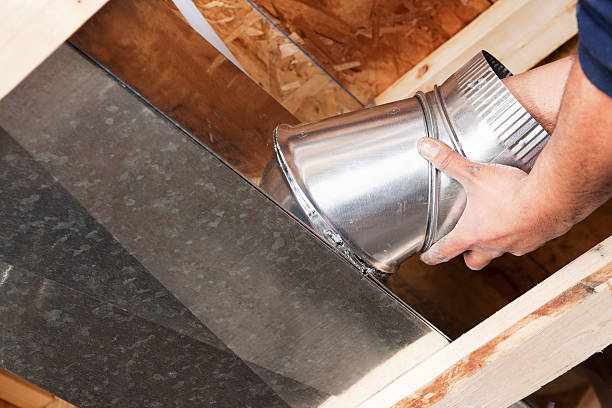
Sheetmetal ductwork installation is a crucial aspect of HVAC systems, ensuring the efficient distribution of air throughout residential, commercial, and industrial spaces. From choosing the right materials to understanding essential installation techniques, a well-executed sheetmetal ductwork installation is key to achieving reliable airflow, energy efficiency, and system longevity. In this detailed guide, we walk you through the entire process, sharing insights into the types of sheetmetal commonly used, tools and safety practices, installation steps, and expert tips for optimizing ductwork performance. Whether you're a seasoned installer or a DIY enthusiast, this blog offers the knowledge and guidance you need to master the essentials of sheetmetal ductwork installation.
Sheetmetal Ductwork Installation: The Essentials for Efficient HVAC Systems
When it comes to HVAC systems, few components are as critical as the ductwork. Sheetmetal ductwork installation plays an essential role in maintaining air quality, ensuring efficient air distribution, and minimizing energy consumption. This guide will cover every step of the installation process, shedding light on the methods and best practices that make for a reliable and high-performing HVAC ductwork system.
Understanding the Basics of Sheetmetal Ductwork
Sheetmetal ductwork is widely used in HVAC systems due to its durability, flexibility, and ability to resist corrosion. Typically made from galvanized steel, aluminum, or stainless steel, this ductwork is constructed to withstand high-pressure systems, minimizing leaks and maximizing efficiency.
Types of Sheetmetal for Ductwork:
Galvanized Steel: Highly durable, cost-effective, and corrosion-resistant, making it a popular choice.
Aluminum: Lightweight and rust-resistant, ideal for coastal environments or high-moisture applications.
Stainless Steel: Known for its strength and durability, often used in commercial and industrial settings.
Each material has distinct advantages, and selecting the right one depends on the environment, project requirements, and budget.
Essential Tools for Sheetmetal Ductwork Installation
Sheetmetal ductwork installation requires a set of specialized tools to ensure safe, efficient, and accurate results. Here’s a list of key tools:
Duct Snips: For cutting and trimming sheetmetal.
Drill and Screws: For securing ducts to other parts of the HVAC system.
Crimping Tool: Used to create a crimped edge for connecting ducts.
Measuring Tape and Markers: For precise measurements.
Sheetmetal Brake: Bends and folds sheetmetal with accuracy.
Hand Seamer: Useful for making tight bends and straight edges.
Each tool has a unique function and is essential for achieving professional results in sheetmetal ductwork installation.
Key Steps in Sheetmetal Ductwork Installation
A successful installation requires careful planning and attention to detail. Here are the primary steps involved:
Planning and Design:
Begin by analyzing the building layout and determining the best routes for duct placement. Accurate blueprints and planning help avoid potential obstacles and ensure the shortest, most efficient pathways for airflow.
Cutting and Measuring Ducts:
Measure twice, cut once! Proper measurements prevent air leaks and avoid costly material waste. Always double-check measurements against the design before cutting to ensure accuracy.
Assembly and Connection:
As you begin assembling, connect each piece carefully. Use a crimping tool on one end of each section to ensure a snug fit, which helps minimize air leakage. Be sure to secure connections with screws and use duct tape or mastic to seal any joints.
Insulating Ductwork:
Insulation reduces energy loss and minimizes noise transmission. Insulating the ducts helps maintain desired temperature levels throughout the system and is especially important in unconditioned areas such as attics or basements.
Installation of Hangers and Supports:
Hangers or supports are essential for securing the ductwork in place and preventing it from sagging. Use metal straps or brackets to ensure stability and adhere to local building codes for spacing and support.
Testing for Leaks and Performance:
After installation, test the ductwork for any leaks or airflow issues. A smoke test or blower door test can reveal leaks that might compromise the system’s efficiency. Seal any leaks found with mastic or high-quality duct tape to improve performance.
Safety Tips for Sheetmetal Ductwork Installation
Working with sheetmetal requires specific safety measures. Here are some key tips to follow:
Wear Protective Gear: Safety goggles, gloves, and long sleeves protect against cuts and injuries.
Handle Sheetmetal Carefully: The edges can be sharp, so be mindful of your grip and movements.
Secure Ductwork Properly: Unsecured ductwork can shift or fall, creating safety hazards.
Follow Local Codes and Regulations: Familiarize yourself with HVAC standards in your area to ensure compliance.
Expert Tips for a Successful Sheetmetal Ductwork Installation
Plan for Flexibility: Factor in adjustments for changes in building layout or last-minute design alterations.
Optimize Airflow: Avoid sharp bends or excessive lengths in the ductwork, as these can impede airflow and reduce efficiency.
Prioritize Quality Seals: Leaks are one of the most common issues with HVAC ductwork. Spend time sealing every joint thoroughly to prevent future issues.
Account for Expansion and Contraction: Sheetmetal expands and contracts with temperature changes. Allow room for movement to prevent warping or buckling.
Common Mistakes to Avoid
Inadequate Sealing: Poor sealing leads to leaks and inefficient airflow. Always use quality sealants to ensure tight connections.
Improper Insulation: Skipping insulation can increase energy costs and reduce comfort. Insulate wherever ducts pass through unconditioned spaces.
Not Following Code: Building codes exist for safety and efficiency. Neglecting to follow these guidelines can lead to unsafe installations.
The Role of Maintenance in Sheetmetal Ductwork Longevity
Regular maintenance is essential for keeping your ductwork in top condition. Over time, dust, debris, and moisture can accumulate, potentially causing clogs, rust, and mold growth. Here are a few maintenance practices:
Inspect Regularly for Leaks and Damage: Periodic inspection helps catch issues early before they escalate.
Clean Ducts Annually: Dirt buildup can restrict airflow. Cleaning prevents this and improves indoor air quality.
Replace Worn-Out Seals: Over time, seals degrade, and reapplying mastic or duct tape maintains optimal efficiency.
Why Sheetmetal Ductwork is Worth the Investment
Sheetmetal ductwork might come with higher upfront costs compared to flexible duct systems, but its durability, efficiency, and lower long-term maintenance needs often make it the more cost-effective choice. Properly installed sheetmetal ducts can enhance an HVAC system's lifespan and save energy, making it a smart investment for homeowners and businesses alike.
Final Thoughts on Sheetmetal Ductwork Installation
A well-executed sheetmetal ductwork installation is a valuable asset for any HVAC system. It offers longevity, performance, and energy efficiency that make it ideal for residential and commercial applications. By following these best practices, using the right tools, and paying attention to detail, you can achieve a successful installation that meets both performance standards and building codes. Whether you're an experienced HVAC professional or a DIY enthusiast, mastering sheetmetal ductwork installation opens doors to greater efficiency and comfort in any building environment.
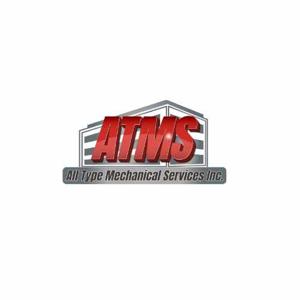
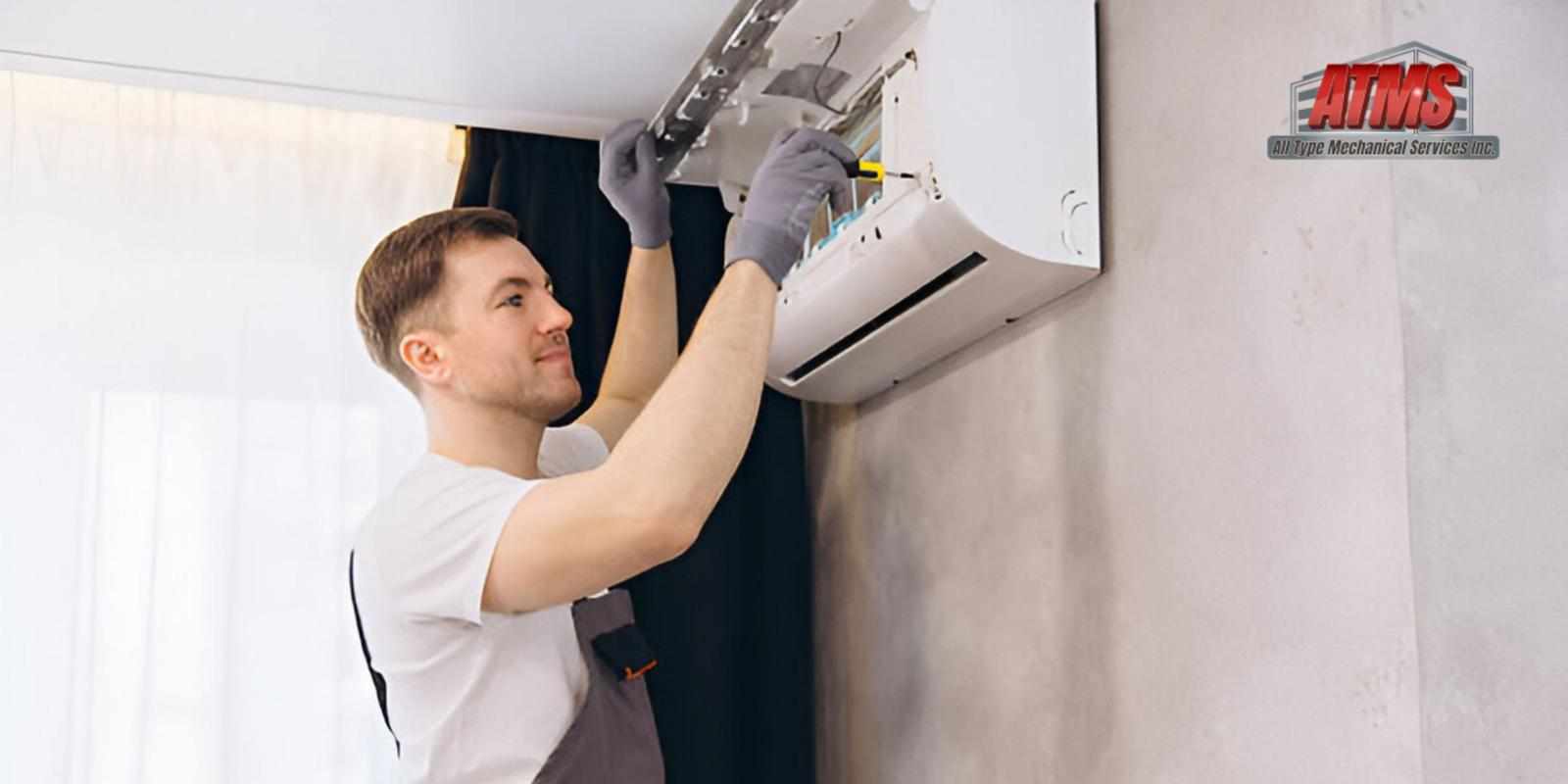
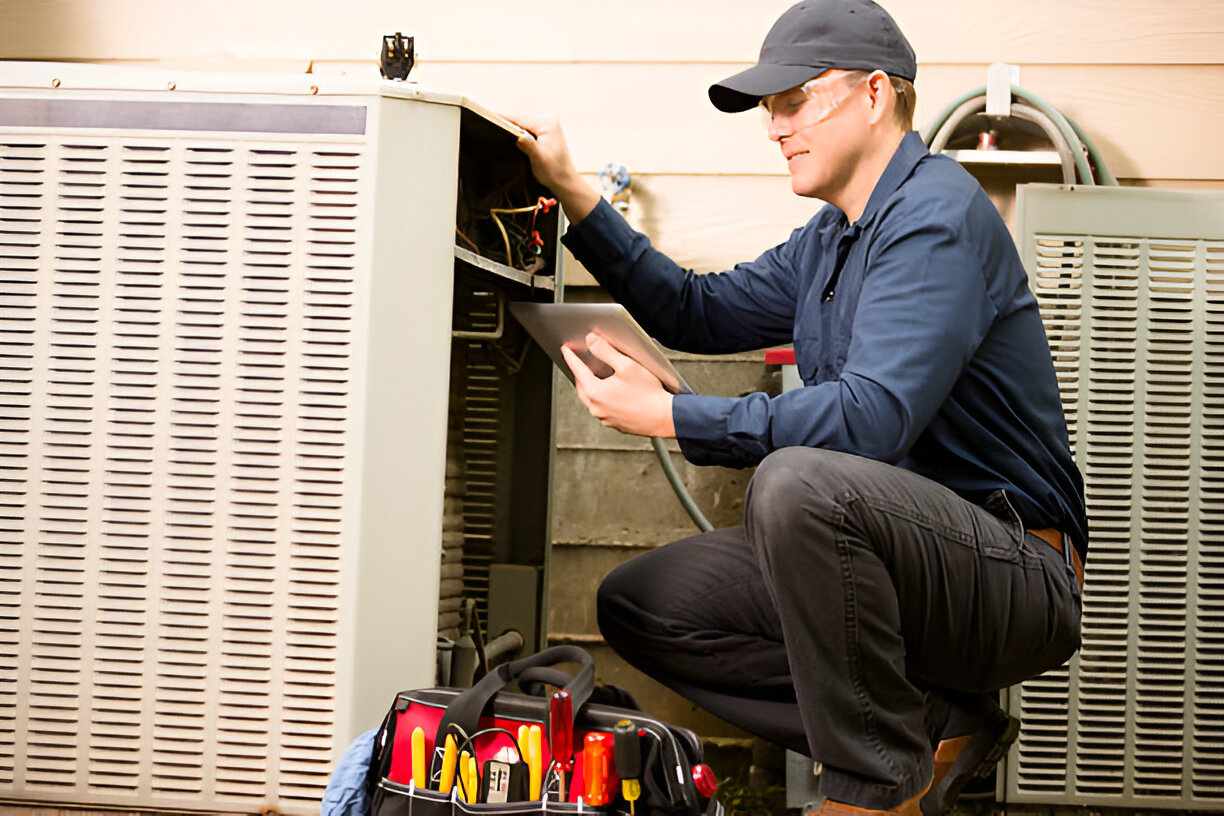
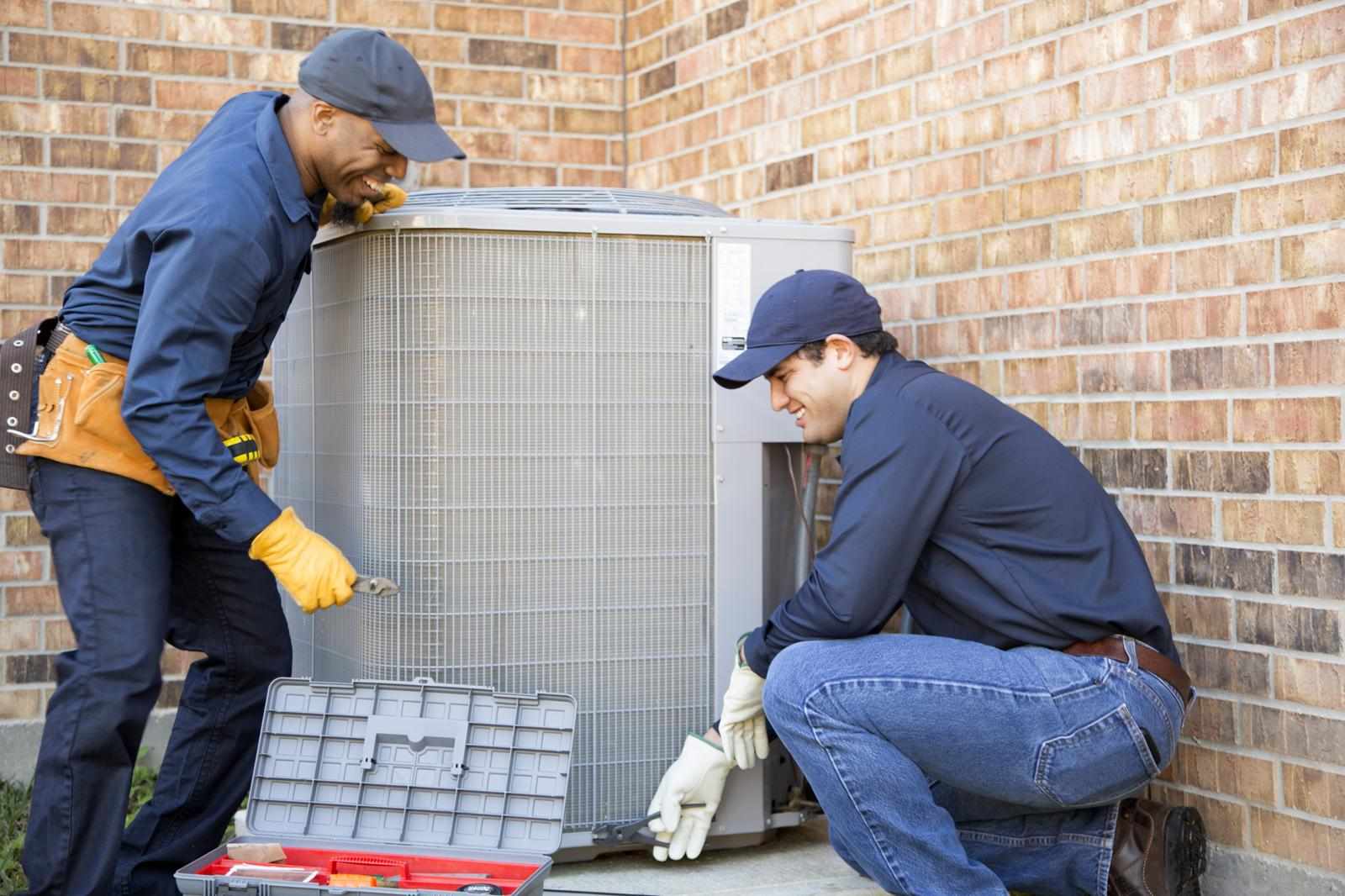

Write a comment ...